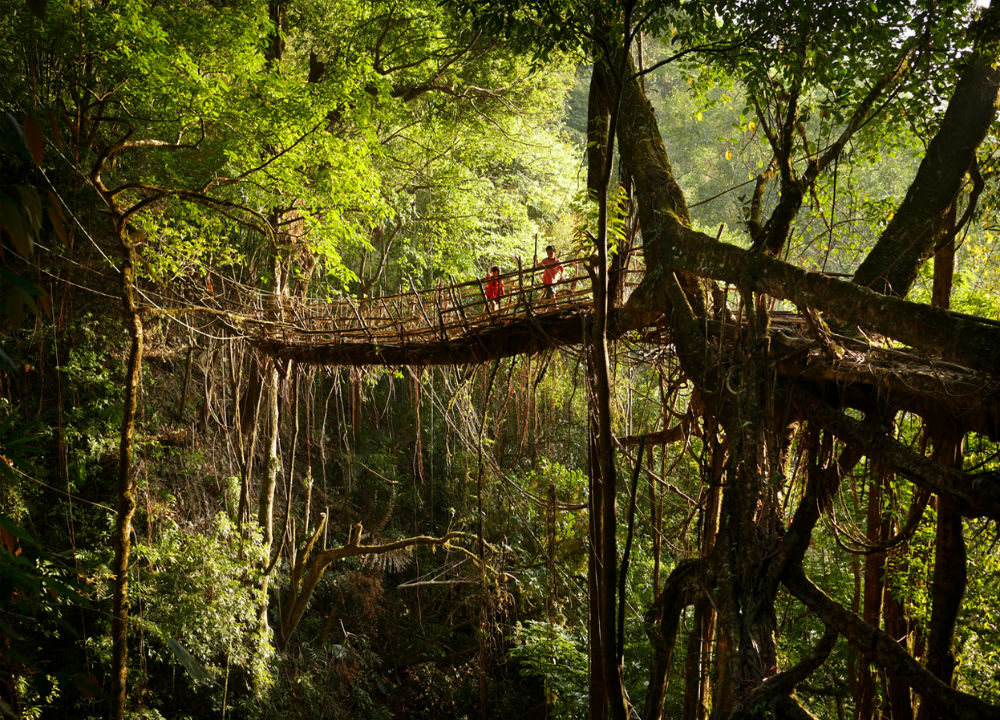In India, ancient traditions and modern Bollywood fantasies are intertwined. Huts from banana leaves in the villages of Redastan and skyscrapers, supporting the sky of New Delhi. Colorful rites in Hindu temples and high information technologies of Bangalore. But the most curious of all are the amazing customs and places that India is famous for.
I want to India!
1. Lake Skeletons (Roopkund / Roopkund, Uttarakhand)
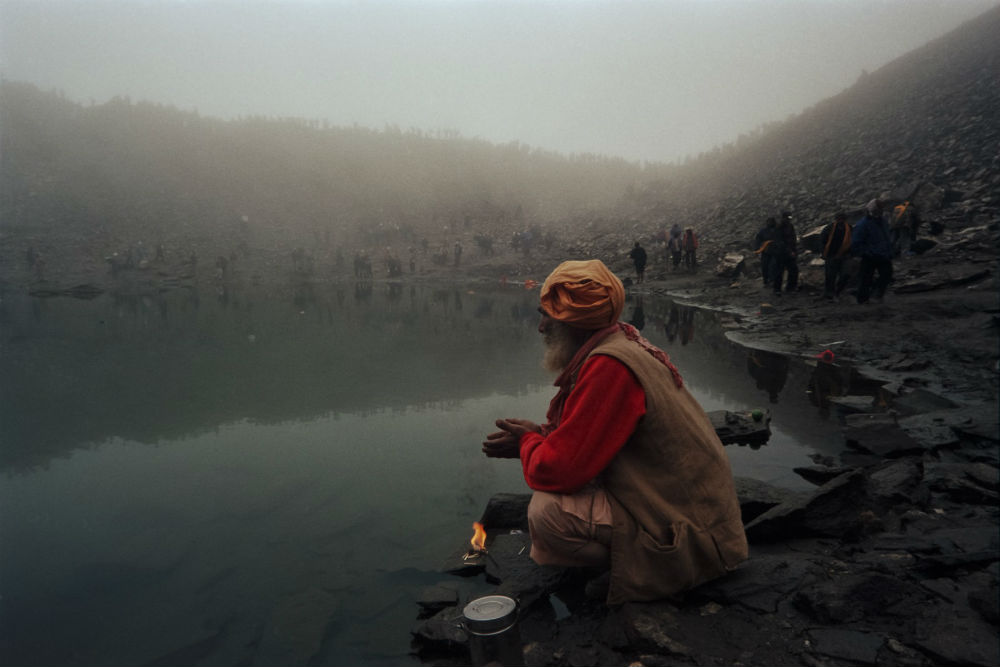
In 1942, the British huntsman in Roopkunda made an amazing discovery. At an altitude of 5 thousand meters in the frozen lake, he discovered a large cluster of the skeletal remains of man. What these people did there and what killed them was the main mystery for scientists in the next decades.
A lot of assumptions were made: an epidemic, an avalanche, and even ritual suicide of the followers of the cult. In 2004, with the advent of technologies that allow you to conduct detailed tests, the situation began to clear up.
It turned out that all bodies belong to 850 AD And they are divided into two groups: one of them is a family or related people, the other is lower, local residents. Together with the bones, rings, spears and bamboo sticks were also found. Experts suggest that these were pilgrims and local porters. All people died from strokes in the head of some rounded objects. But what was it?
The Himalayan women have an ancient traditional song about an angry goddess, who fell on uninvited guests in her mountain sanctuary, death in the form of a city, “firmly as an iron.”
After long research, scientists came to the same conclusion: all 200 people died from a sudden and unusually large hail – the size of a football ball (about 23 cm). In the open space of the ill -fated valley, the travelers had not the slightest chance to hide. The remains lay in the frozen lake for 1200 years before the disaster opened to the world.
2. The city of Gemini (Kodinai / Kodinhi, Kerala)
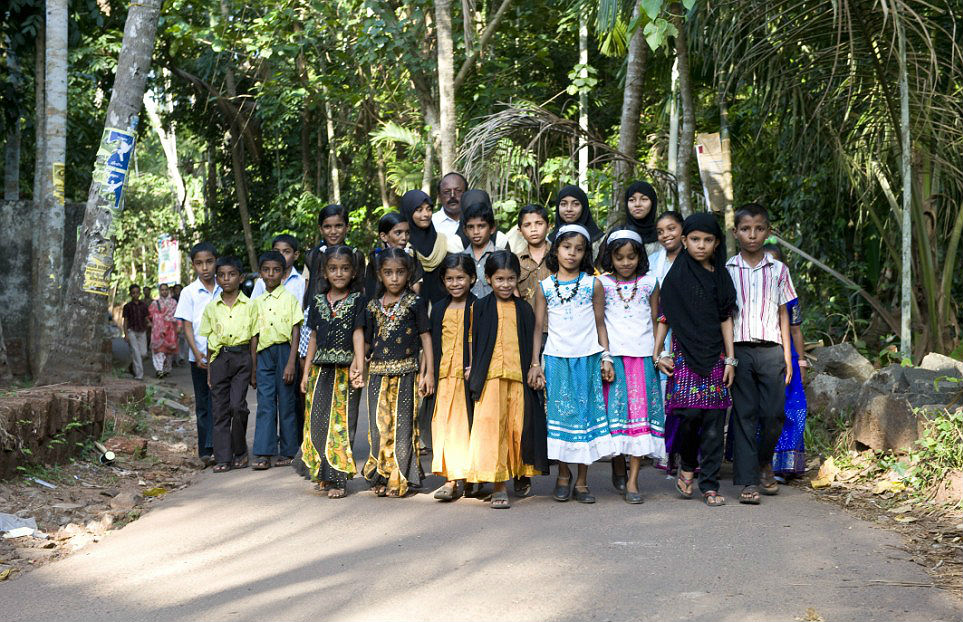
This village at first glance is similar to thousands of others the same throughout India. With one difference – twins are born too often here. For every 1000 genera, 45 are with twins.
The birth of twins is generally a rather rare occurrence. Statistics say that only 3 out of 100 births lead to the appearance of two babies. In India, this happens even less often – 1 pair for 4 thousand births.
The phenomenon of this area was discovered in 2008, when it was calculated that over the past 25 years, more than 250 pairs of twins have been born here. Doctors believe that there are even more in the region.
It was assumed that this is due to contaminated water in the village. But they quickly abandoned this hypothesis – they did not find any significant pollution or anomalies, moreover, most of the children were completely healthy.
The unraveling of a strange pattern has not yet been found, but a tourist route has already been laid in the town – to the mutual joy of local residents and travelers.
3. The city of Krishna and the shelter for widows (Vrindavan / vrndavana, Uttar-Pradesh)
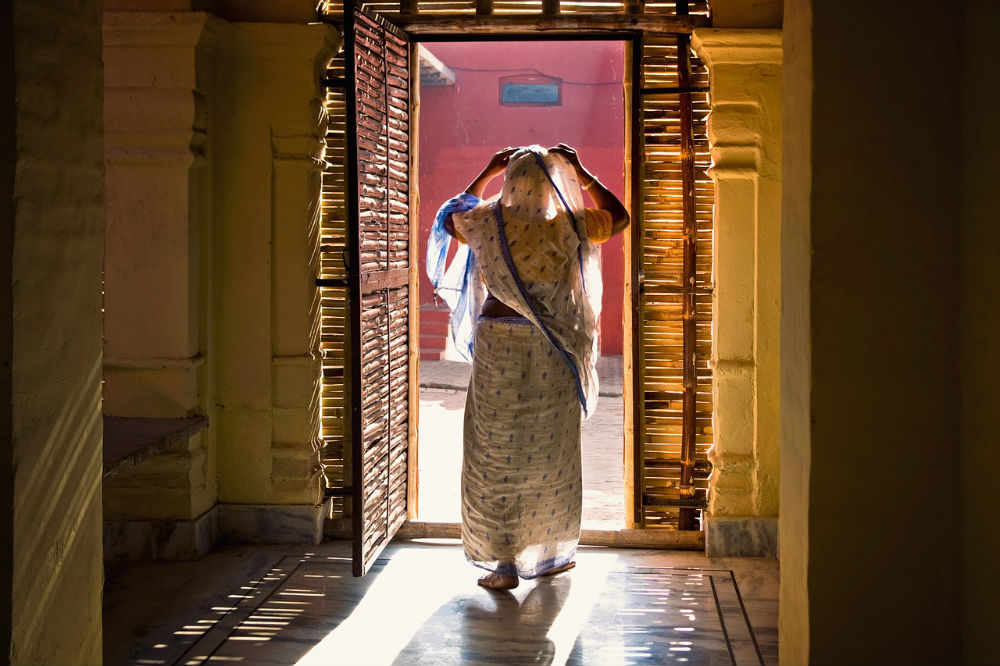
A few hours of driving from the capital are one of the most sacred Hindu places. According to legends, it was in the forest of Vrindavan that the dancing god Krishna with blue leather, appearing in the guise of a shepherd with a flute and flirting with pretty shepherds-gopies, was born. Several thousand temples operate in the city, songs dedicated to Krishna and his lover Radha are heard day and night and, it seems, all the air is saturated with love. Every year, thousands of pilgrims flock here, and many even specially come to die – like Varanasi, the sacred city promises to exit Sansara and the cessation of a chain of birth and suffering.
But Vrindavan has another glory. Disrupted, single or left by families of women flow here from all over the country. All of them are widows. According to the ancient tradition, it is generally believed that they were angry with the gods with something, since they sent such a curse on the family. The widowed woman becomes an outcast – superstitious relatives are trying to get rid of the burden, the passers -by are shy of women in white sari. The widow is supposed to observe a strict post until the end of his life and deprive himself of all entertainment and joys – so that in no case do not feel the thirst for life.
Today, among educated Indians in large cities, this harsh tradition is almost not observed. The woman whose husband died often settles in the house of her children or relatives. Not everyone puts on white sari and limits themselves in sweets.
However, everything remains still in the villages. And hundreds of women of different ages – both very young and the elderly – flow annually in Vrindavan to find asylum here.
They live with ashrams and temples-they sing Bhajans and Mantras (religious chants), do some work for local ones, but most often live on the alms of pilgrims.
How many widows live here today is not known exactly – according to various estimates from 2 to 10 thousand. All these women have no prospect of except to live according to the harsh law of Indian society and pray for the speedy end of this life.
Despite all the efforts of volunteers and caring people from educated layers trying to somehow change the situation, the stream of women has not yet stopped.
4. The most wet place on Earth and living bridges (Mausinram / Mawsynram, Meghalai)
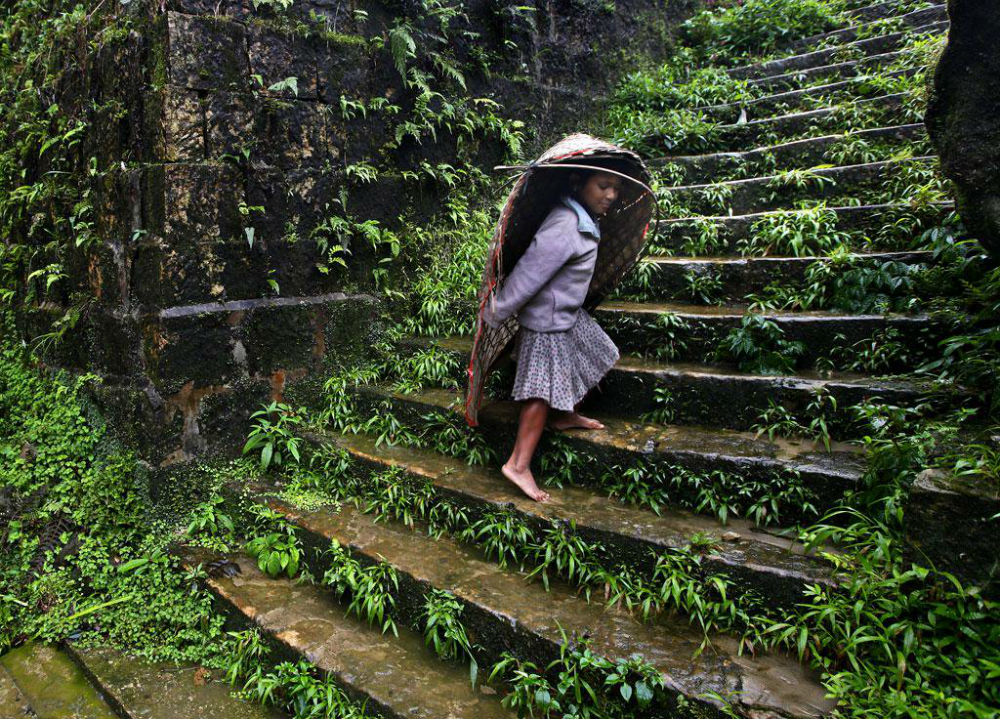
“The Earth of the Clouds” or “The Abode of the Rain” – the so -called village in the state in Meghalai. According to the Guinness Book of Records, this is the most moist place on our planet. From June to September, Mussona transfer moisture from Bengal Gulf here. It condenses above the plateau in the eastern mountains of Khasi and falls out with plentiful sediments, literally flooding the surroundings.
It would seem – what is special in the rains? But these rains bring 11,871 mm of water annually. For comparison-in St. Petersburg, the “rainy city of Russia”, about 662 mm falls over a year, and in London-even 554 mm.
Local residents working outdoors came up with their salvation from an ongoing rain. They weave huge “umbrellas” from bamboo and banana leaves that hold on their heads, while hands remain free.
Surprisingly, when the season ends, the time of severe drought comes, during which a shortage of drinking water is created and people have to overcome long distances to replenish the reserves.
But these places are famous not only for rains. At 16 km from Mausinram there is a city of Cherapunji, which occupies an honorable second place in humidity. Living bridges from intertwined roots of trees grow here. Ficus Elastica (rubber tree) is a distant relative of ficuses on our windowsills.
Once upon a time, local residents noticed the unique power and elasticity of the roots of this tree and with their help solved the problem of crossing rivers in the vicinity of the city.
In order to grow a bridge 30 meters long required from 10 to 15 years. Over time, bridges grow and become stronger, so that more than 50 people can withstand at the same time. Some of the “living bridges”, daily used by residents and tourists, are already more than 500 years old.
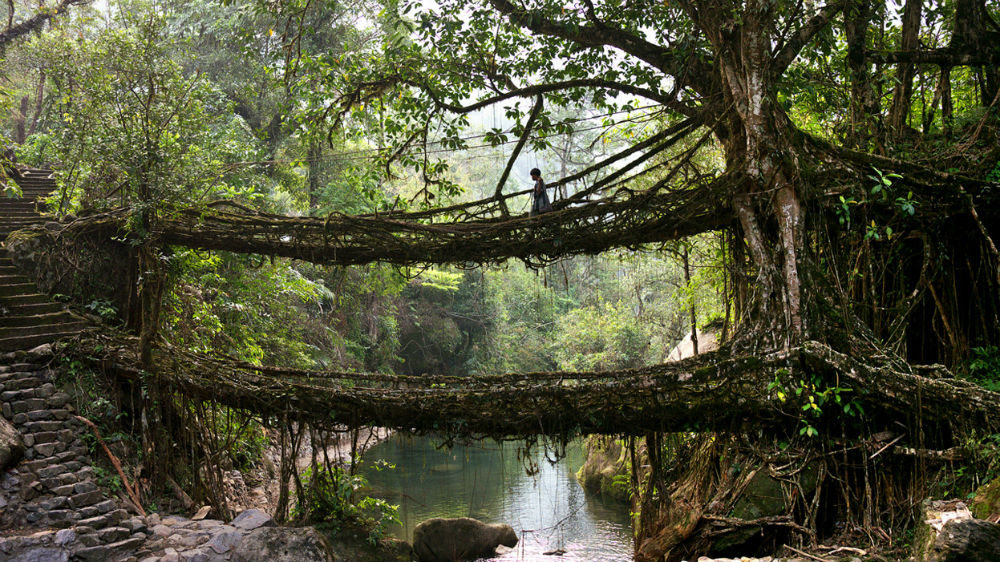
Here, in the village of Nongiat, a two -story “Viaclist” is growing, remotely reminiscent of the Tauer bridge in London. True, in order to walk on it, you will have to work hard and overcome several hours of mountain tracking – the village is located at an altitude of more than 2 thousand meters.
5. Temple of rats of Carny Mata (Denshku / Denshok, Rajusta)
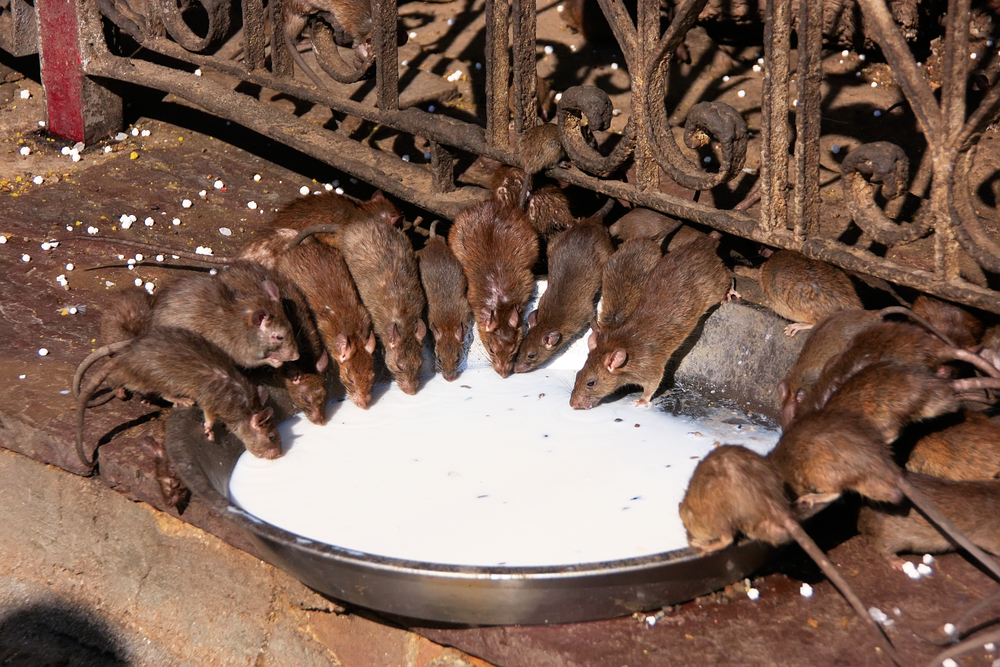
More than 20,000 rats live in the temple, including several individuals of rat albinos, which are revered as especially sacred. Pilgrims from all over India come together to get a blessing from animals. Many seek to divide lunch with rats or take rat excrement in their pockets. How did it happen that the rats took such an honorary position?
The legend says that in the 15th century, an unusual woman, nicknamed Karney Mata (“Mother Carni”), lived in these parts-the embodiment of the Durghi goddess. She was engaged in preaching, walked around the villages with her followers and even blessed the rulers to conquer. In Denshok, trying to get drunk water from the river, her adopted son drowned. Carny Mata asked the god of death to the hole to resurrect the boy, but he refused her. Then she proclaimed that the boy and all the men of her caste will never go to the pit, and after death they will take the appearance of rats and live in this temple until the next rebirth.
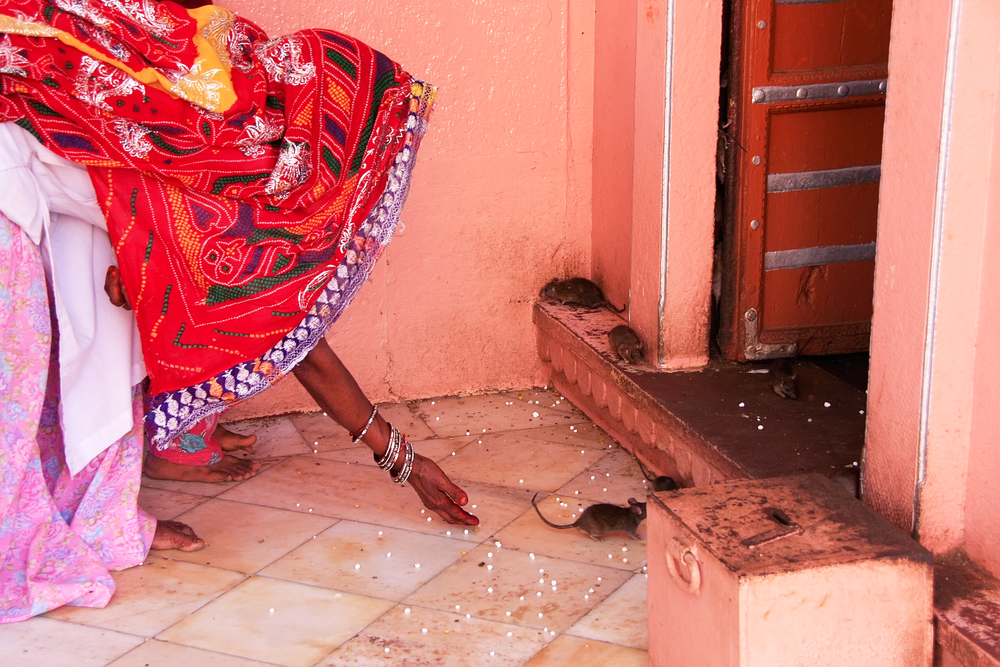
Rats, affectionately called “Kabbas” (“small children”), feed with grain, milk and shells of coconuts. The water in the bowls from which the rats drink is considered a saint, and by belief brings happiness to pilgrims. Particularly zealous believers try to eat a little “sacred” food remaining after the rat diet. It’s hard to believe, but not a single acute intestinal disease has been recorded here for all the time.
In the temple you need to walk only barefoot and try not to harm rodents in any case. To protect against cats and other predators, the space of the temple is surrounded by a special net. In the case of the murder of a sacred animal, it should be replaced with a figure of gold or silver equal in weight and size. Several dozens of similar figures are already stored in the temple.
The inhabitants of the village from the Depavat clan, which has 513 people, take care of the large rat family. They work in accordance with the lunar cycle in accordance with the lunar cycle and constantly live in the temple, considering this duty to their life vocation.
Photo for the preview: © amos Chapple

